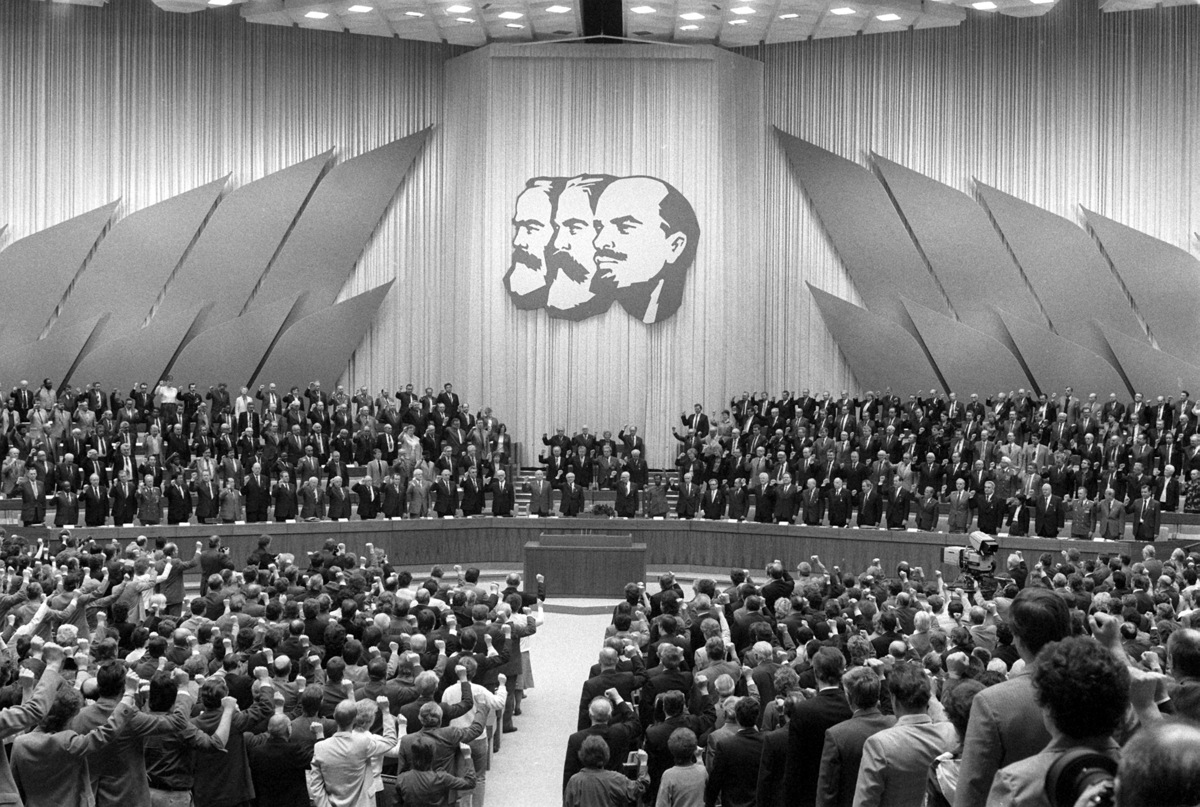Abstract
At the SED’s VIII. Party Congress in June 1971, the “Unity of Economic and Social Policy” was unveiled as the SED’s new legitimization strategy and then emphatically confirmed at both the IX. Party Congress in May 1976 and the X. Party Congress in April 1981. In a type of socialist Keynesianism, the party was betting that raising the standard of living would have a motivating effect and would aid the expansion of production. At the XI. Party Congress in April 1986, the directive of the Five-Year Plan for 1986 to 1990 was announced; its intention was to “safeguard and further raise the material and cultural standard of living of the people.” Honecker had intended to review his successes at the XI. Party Congress, but it became evident that there was a growing discrepancy between the perceptions of the GDR leadership and economic realities. The GDR’s debt level was growing rapidly, but the regime feared that cuts to the social system would mean a loss of legitimacy. By May 1989, the deficit was increasing at a rate of 500 million marks per month.
